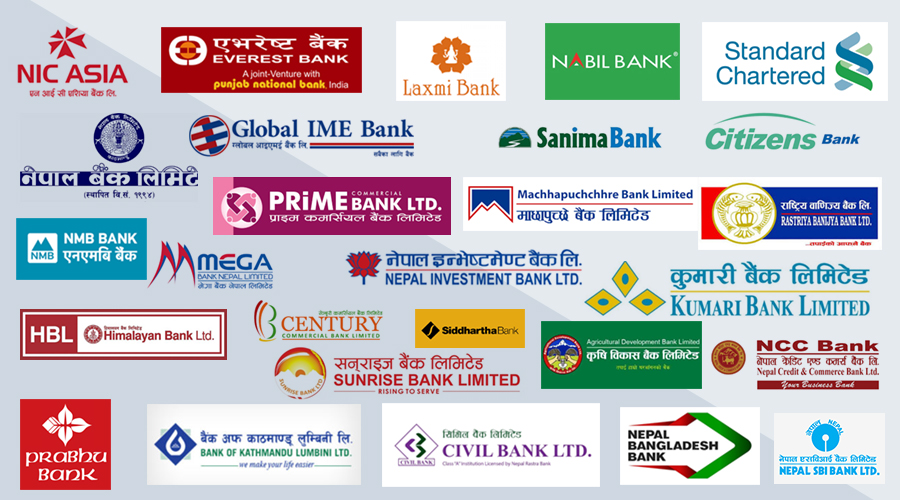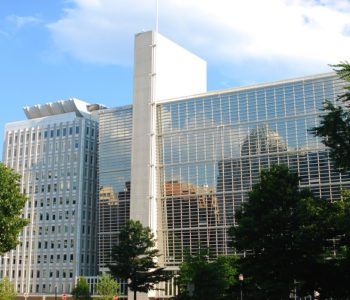NRB’s flexible policies help ease capital strain on Nepali commercial banks

KATHMANDU: The pressure on capital funds of commercial banks in Nepal has been gradually easing, according to recently published Basel reports for the fourth quarter of the last fiscal year. So far, 12 commercial banks have released their reports, revealing a slow but steady reduction in pressure on core capital. This improvement is attributed to a slight recovery in non-performing loans (NPLs) during the same period.
Under the Capital Adequacy Framework of 2015, commercial and development banks are mandated to maintain a minimum capital adequacy ratio of 11%, which includes 8.5% core capital and 2.5% supplementary capital. Failure to meet this requirement leads to corrective actions by Nepal Rastra Bank (NRB), the central bank of Nepal. Moreover, banks that fail to maintain the 8.5% core capital ratio are prohibited from distributing dividends, further pressuring their capital funds.
The past two years have been challenging for the Nepali economy, with a slowdown in economic activities and restrictions on imports aimed at boosting foreign exchange reserves. These factors, combined with the central bank’s tightening of monetary tools, have led to reduced loan expansion by banks, negatively impacting their profits. Consequently, the increase in NPLs has necessitated higher provisioning, resulting in a negative distributable profit and placing additional pressure on capital funds.
Mergers and Acquisitions in Nepal’s Banking Sector
Banks that have undergone mergers and acquisitions have faced significant pressure on their capital funds. For instance, Himalayan Bank, Kumari Bank, Prabhu Bank, and Nepal Investment Mega Bank, which merged with financially weaker institutions, have had to cope with increased NPLs. Despite a comfortable position in capital and general reserve funds, Nepal Investment Mega Bank reported a negative distributable profit of NPR 3.41 billion at the end of the last fiscal year.
Prabhu Bank, however, has improved its financial position by earning a net profit of over NPR 4.41 billion in the last fiscal year. Himalayan Bank and Kumari Bank are also working to improve their financial standing, although their distributable profits remain negative due to past liabilities.
Basel Reports Indicate Improvement
Among the Basel reports published so far, NIC Asia Bank stands out with its core capital showing improvement in the last quarter of the fiscal year. NIC Asia’s core capital ratio was 8.44% at the end of the fiscal year, compared to 8.5% required by NRB.
Himalayan Bank also reported a slight improvement in its core capital, with a Tier 1 capital ratio of 9.04% and a capital adequacy ratio of 12.04%. Nepal Investment Bank maintained a core capital ratio of 10.84% and a capital adequacy ratio of 13.67%, while Nabil Bank successfully reduced pressure on its capital funds, achieving a Tier 1 capital ratio of 9.62% and a capital adequacy ratio of 12.39%.
Global IME Bank reported a core capital ratio of 10.44% and a capital adequacy ratio of 12.53%. Similarly, Nepal SBI Bank, Nepal Bank Limited, and Rastriya Banijya Bank maintained their capital adequacy ratios comfortably above the regulatory requirements.
Standard Chartered Bank remains in the most comfortable position, with a Tier 1 capital ratio of 14.36% and a capital adequacy ratio of 17.16%, as per the published Basel reports.
NRB’s Supportive Regulatory Measures
To help banks reduce NPLs, increase retained earnings, and ease pressure on capital funds, NRB has introduced more flexible regulatory policies in the current fiscal year’s monetary policy. The central bank has revised the rule that once-classified NPLs cannot be counted as performing loans for six months, allowing only 5% provisioning for loans under close supervision. This measure is expected to reduce NPLs, increase profitability, and ease pressure on capital funds.
In addition, NRB has reduced provisioning for performing loans, lowering it from 1.30% to 1.1% for the current fiscal year. The central bank has also allowed banks to count appropriate reserves toward Tier 2 capital within the Capital Adequacy Framework, enabling them to meet the 11% overall capital adequacy requirement.
NRB’s efforts to increase the regulatory retail portfolio (RRP) limit have also provided significant support to banks. The limit has been increased to NPR 25 million for the current fiscal year, with a reduced risk weight of 75%. This change is expected to lower the risk weight of the overall loan portfolio and reduce the weighted risk of total loans.
Given the slow pace of loan expansion over the past two years, the countercyclical buffer is unlikely to be triggered, providing further relief to banks and financial institutions from additional capital pressure this year.












Facebook Comment